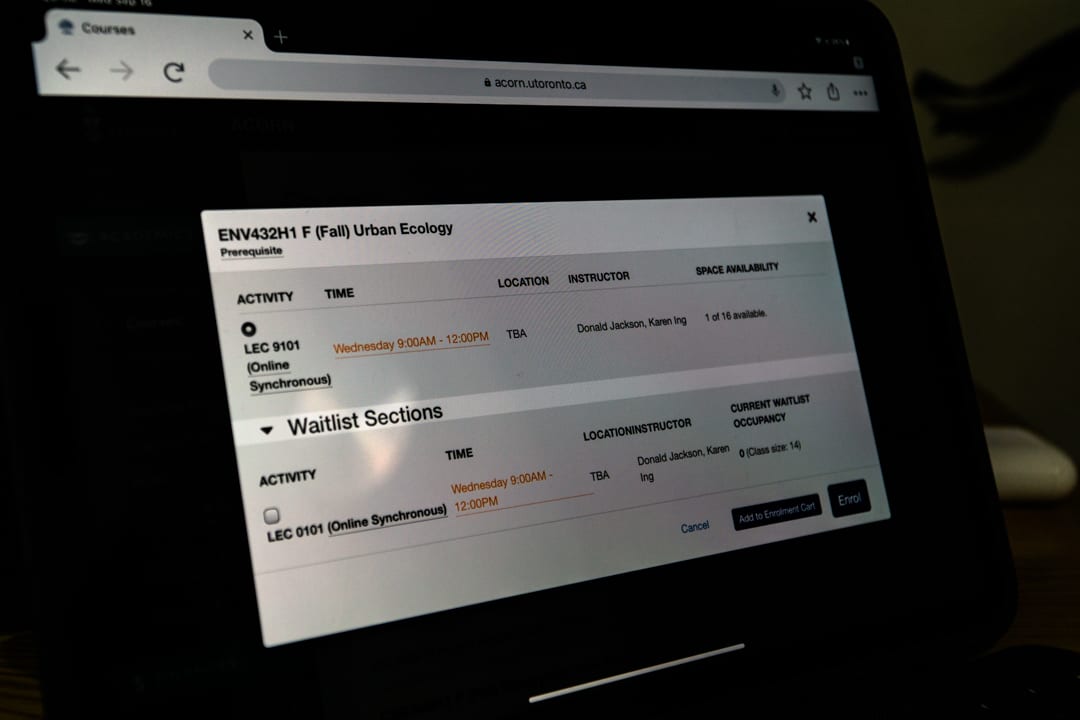The phrase ‘back to school’ is generally associated with stationery shopping, summer glow-ups, and excitement. However, at the University of Toronto, alongside these comes the dreaded enrolment period.
Even if one overcomes ACORN crashing, as well as the waitlist ordeal, picking the best courses and programs is no easy feat. The following is a compilation of a few of the many academic gems buried in the great depths of the course and program calendars to keep on your radar.
Biodiversity and conservation biology major
With the United Nations pronouncing 2020 as the “super year for nature,” it is prime time to learn about global changes in — and how to conserve and protect — biological diversity. This program focuses on equipping students with resources to support the fight for biodiversity conservation.
Animal physiology major
This program prepares students to compare the physiological mechanisms of different species or those of the same species in different environments. With the help of seminars and laboratory courses, students learn about a plethora of animal adaptations under different environmental or biological stressors.
Nutritional sciences major
Nearly two in every three adults in Canada have body mass index scores that classify them as obese or overweight. Fatalities from nutrition-related diseases have grown in the last century. The program takes a multifaceted approach to nutrition and combines ideas from the physical, biological, and social sciences, acknowledging national and international standards of optimal health.
Mathematics and philosophy specialist
Mathematics and philosophy are both logic-driven subjects. Students of this program explore the deep intersection between the two disciplines. Intensely challenging and rewarding, this program is ideal preparation for graduate studies in mathematics or philosophy.
ENG102H1 — Literature and the Sciences
The course zooms in on the overlapping area between literature and science, and it aims to teach students scientific problems, methods, and technology through a literary lens.
PSL190H1 — Biomedical Research at the Cutting Edge
Open to students who have less than four credits, the course starts with presentations by two different researchers who highlight recent advances in physiology. The lectures are designed to guide students through the development of a hypothesis, design of a study, and interpretation of results.
CSC303H1 — Social and Information Networks
This course introduces the mathematical principles for much of modern network technology, including graph theory and game theory. Concepts such as the ‘six degrees of separation’ and the ‘wisdom of crowds’ are studied alongside contexts such as social networks. This is a valuable course for anyone interested in developing social network platforms.
MIE346H1 — Analog and Digital Electronics for Mechatronics
This Faculty of Applied Science & Engineering course introduces some of the principles of semiconductor devices such as diodes and field-effect transistors. Dylan Machado, a mechanical engineering student who used to take the course, said that by the end of the term, students learn how to solder and can put together their own printed circuit board from scratch.


